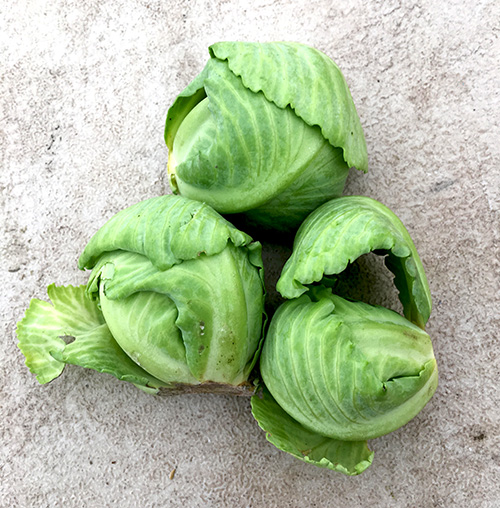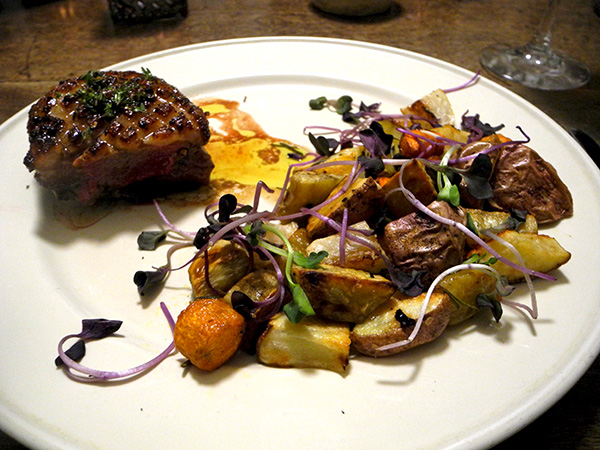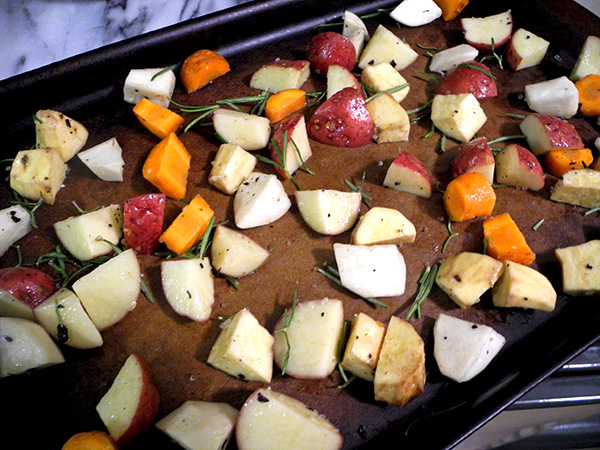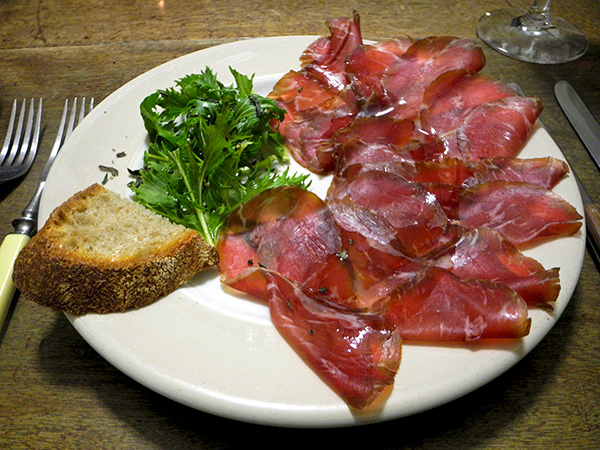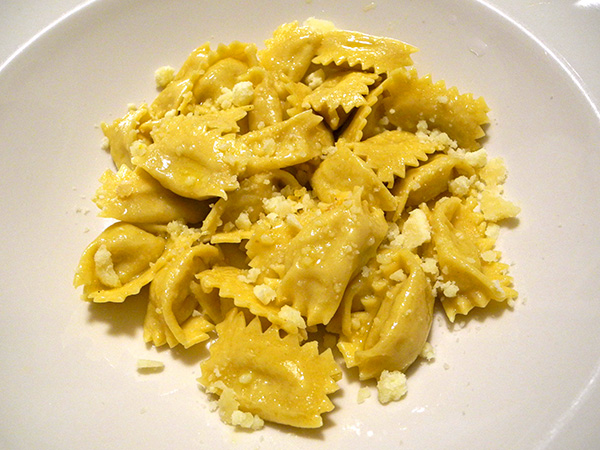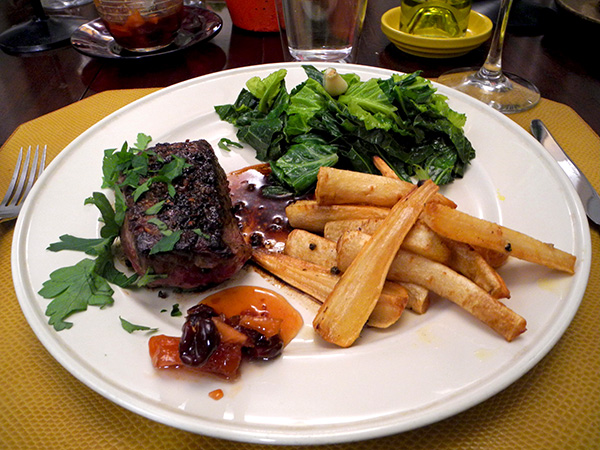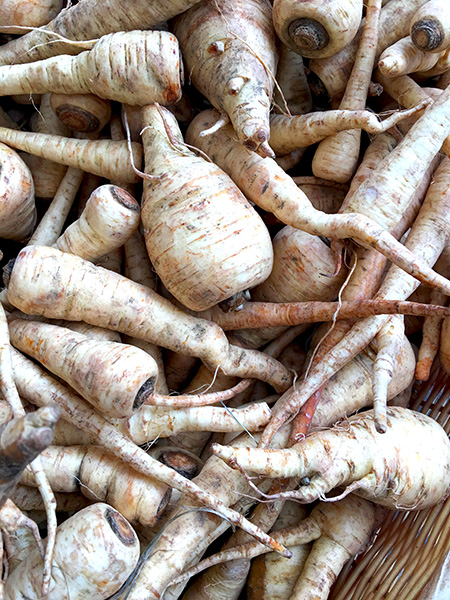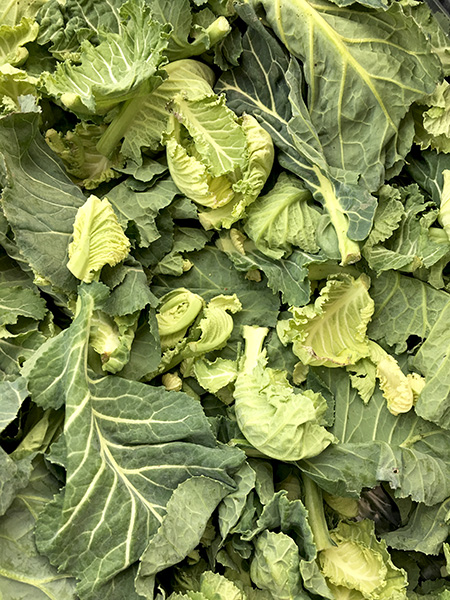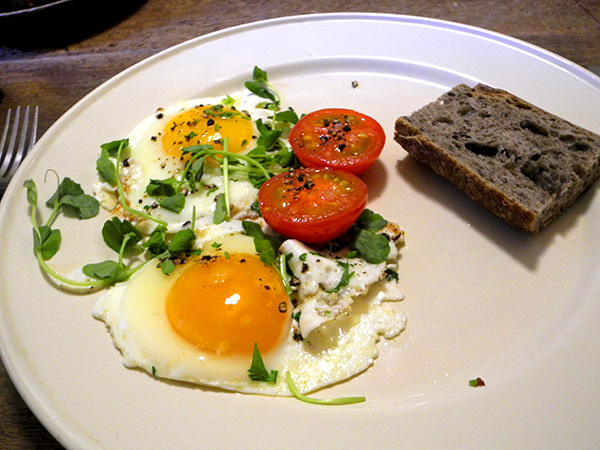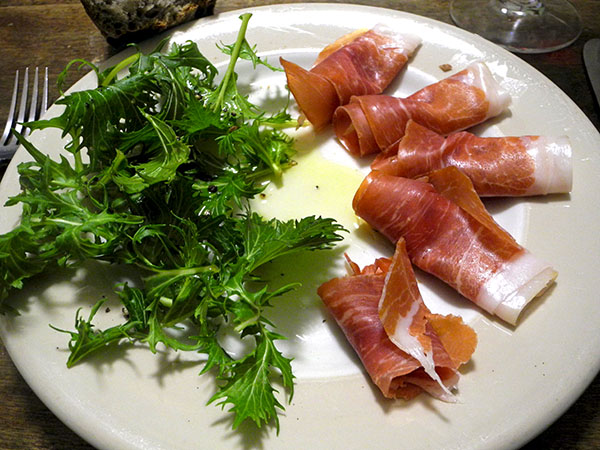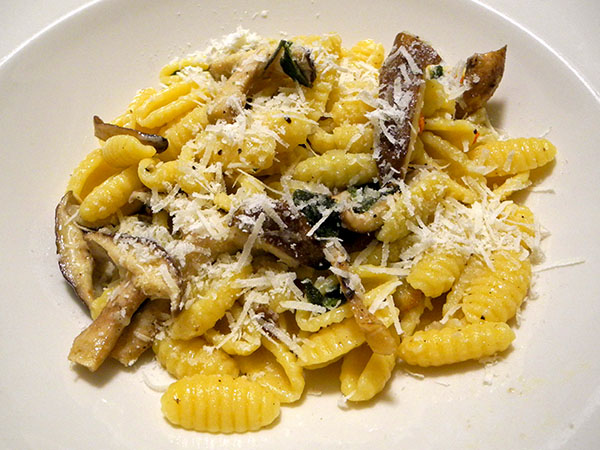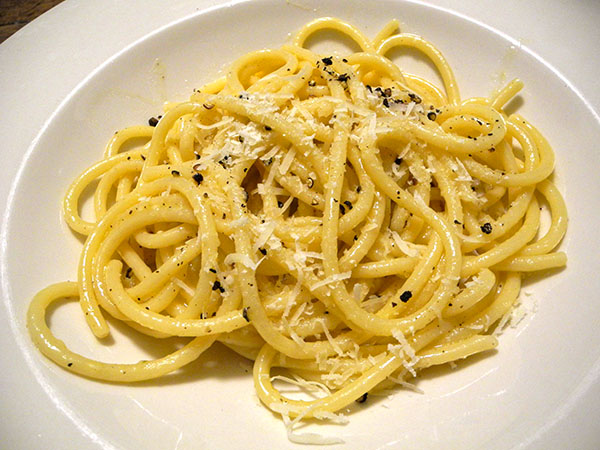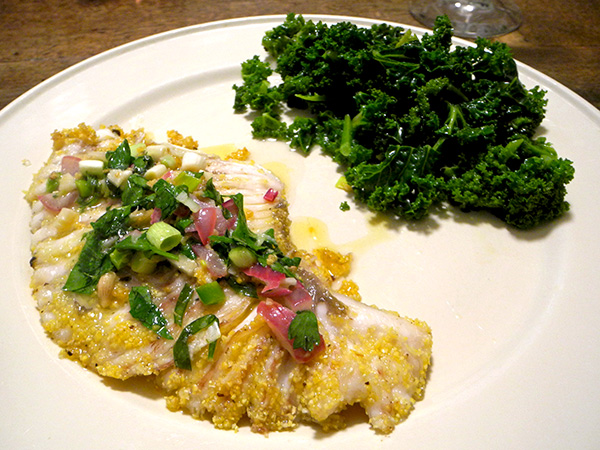
It’s a familiar site on our table, sometimes with slight variations, but we never tire of this skate recipe, or of kale in any form (we eat both because we really like them, and not to be virtuous).
Barry said it was the best skate yet.
The kale was, well,..kale, which is damn good indeed.

- one 12-ounce skate wing from Pura Vida Seafood, divided into 2 pieces, coated all over with a coarse polenta seasoned with salt and pepper, sautéed in olive oil for 4 minutes or so on each side inside a heavy oval tin-lined copper pan (the only difficult part of this recipe is turning them over without breaking them up), removed, about 1 1/2 tablespoons of butter, one small leek Norwich Meadows Farm, a part of one tiny ‘red wing’ onion from Keith’s Farm, and 2 small cloves of garlic from from Lucky Dog Organic Farm, all sliced or chopped, introduced into it and stirred over a now-lowered flame, followed by the addition of a little more butter, the juice from half of a very sweet organic lemon from Whole Food Market, some chopped tarragon from Whole Foods Market, a tiny amount of almost-dry finely-chopped winter savory from Stokes Farm, and a bit of chopped parsley from Alex’s Tomato Farm, Carlisle, NY, at Chelsea’s Down to Earth Farmers Market, stirring for a bit to blend everything, the sauce divided over the fish which had been placed onto the plates
- a couple handfuls of Winterbor kale from Lucky Dog Organic Farm [winter kales, sturdier than their older cousins, tend to not wilt down as much when sautéed, an attractive quality for the frugal cook, during a season when the farmers have justly to ask higher prices for this wonderful green; also, light frosts only make the leaves of this hybrid taste even sweeter, a treat for the diner], sautéed, until partially wilted, in olive oil in which one bruised and halved garlic clove, also from Lucky Dog, had first been allowed to sweat and only begin to brown, then seasoned with salt, pepper, and a little more olive oil
- the wine was a California (Napa Valley) white, Matt Iaconis Chardonnay Napa Valley 2015, from Naked Wines
- the music was Helmut Lachenmann, ‘Das Mädchen mit den Schwefelhölzern’ (The Little Match Girl), the performance by the Staatsoper Stuttgart


